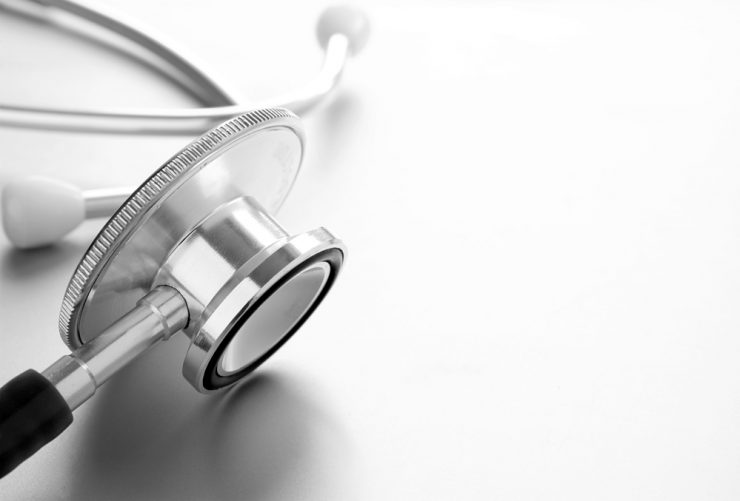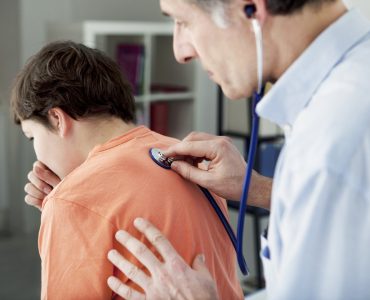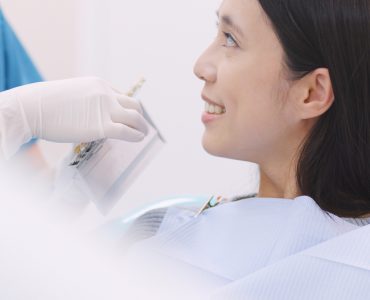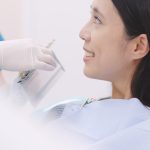It occurs in women of childbearing age. It causes excessive vaginal discharge. The exact causes are yet unknown. However, bacterial imbalance in the vagina is associated with this. The women affected with Bacterial Vaginosis have lesser lactobacilli than the normal level. Other types of bacteria grow in their vaginal area. It causes a more alkaline pH factor in the vagina. Many women may not be aware that they have Bacterial Vaginosis, or they do not have any symptoms or signs. However, a change in the usual discharge could indicate this disease. In particular, after sexual intercourse the changes may become noticeable. There is no irritation or itching appearing as symptom for BV.
Who are prone to this disease
This is not an infection. However, women who are sexually active could develop this problem. A change of partner could cause BV. This is common in black women. Women using intrauterine contraceptive device are at risk. This could affect the smoking women. Hormonal changes, unsafe sex and genetics could add to the causes. Lifestyle also can cause this disease. Miscarriage or premature birth could lead to Bacterial Vaginosis.
How BV is diagnosed
The vaginal discharge could be the symptom of BV or any other infection. Therefore, the doctors first rule out the other infections. The doctors perform a test for BV. They use a plastic loop and collect a sample of cells from the walls of the vagina. They test it for the pH factor. They measure the pH of the vagina by wiping a small amount of the discharge on a special paper treated with chemicals. A microscopic view also explains it further. Mostly the result is available at once. In some cases, the sample is sent to a lab for testing and it could take a week for the result. Generally, these tests give accurate results. Blood tests are not ordered, as they will not detect infections of this kind.
How BV is treated
Intake of antibiotics treats BV. Many medicines are available for treating BV, but metronidazole is very common. It is available in the form of tablet and as a gel too. Alcohol should be avoided during the treatment and up to 48 hours after the treatment. This medicine reacts with alcohol causing much discomfort. The gel is usually prescribed for a course of one week. These treatments are effective largely. The treatment with antibiotics involves either a single dose or a course of one week. These tables interact with hormonal contraception. Therefore, you should let the doctor know about your contraceptive strategy. Breastfeeding or pregnant women should consult their doctor before starting treatment with antibiotics. Vaginal cream/gel could be an alternative for them.
Will BV repeat again after cure
Some women have recurrence of BV. In such cases, the course of treatment will be for months together. The treatment differs with persons.
Can we prevent BV
Much cannot be done for prevention of this condition. You can stop using scents in any form. You can avoid strong detergents for washing your underwear. If you are sexually active, use condoms. You should not share your sex toys.













